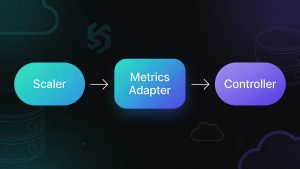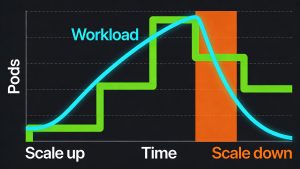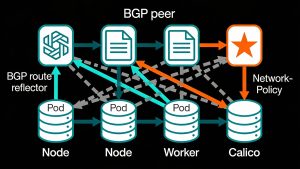In today’s digital landscape, communication platforms like Discord and Slack have revolutionized how teams collaborate and communities interact. Creating such a platform requires a comprehensive approach, from conceptualization to deployment and maintenance. This article explores the key steps involved in developing a robust, scalable, and secure communication platform.
Requirements and Feature Definition
The foundation of any successful software project lies in clearly defining its requirements and features. For a communication platform, essential features might include:
- Text and Voice Chat: Real-time messaging capabilities with support for emojis, markdown, and formatting.
- Channel Management: Organized communication spaces for different topics or teams.
- User Authentication: Secure login systems with options for two-factor authentication.
- Permissions and Roles: Customizable access controls for different user levels.
- File Sharing: Secure methods for users to exchange files and documents.
- Integrations: Compatibility with third-party services to enhance functionality.
Architecture Planning
A well-planned architecture is crucial for the platform’s success. Key considerations include:
Backend Infrastructure
- Server Technologies: Utilizing frameworks like Node.js, Django, or Spring Boot.
- Database Selection: Choosing between relational (PostgreSQL, MySQL) and NoSQL (MongoDB) options.
- Real-time Protocols: Implementing WebSocket for instant communication.
Frontend Development
- Web Applications: Building responsive interfaces using React.js or Vue.js.
- Mobile Apps: Developing for iOS and Android using React Native or native languages.
- Desktop Clients: Creating cross-platform applications with Electron.js.
Infrastructure Setup
Setting up a robust infrastructure involves:
- Cloud Hosting: Leveraging services like AWS, Google Cloud, or Azure for scalability.
- Load Balancing: Implementing systems to distribute traffic efficiently.
- Database Management: Configuring and optimizing database servers for performance.
- Security Measures: Establishing firewalls, encryption, and secure communication protocols.
Core Feature Development
The heart of the platform lies in its core features:
User Authentication
Implementing secure login systems with encryption and multi-factor authentication options.
Real-time Messaging
Developing efficient messaging systems using WebSocket technology for instant communication.
Channel and Permission Systems
Creating flexible systems for organizing conversations and managing user access levels.
User Interface Design
A user-friendly interface is critical for adoption and engagement:
- Responsive Design: Ensuring the platform works seamlessly across devices.
- Intuitive Navigation: Creating clear, easy-to-use menus and controls.
- Accessibility: Designing with inclusivity in mind, following WCAG guidelines.
Additional Features
Enhancing the platform with:
- Third-party Integrations: Allowing connections to popular services like Google Drive or Trello.
- Notification Systems: Implementing customizable alerts for users.
- Advanced File Sharing: Developing secure, efficient file transfer capabilities.
Testing and Quality Assurance
Ensuring platform reliability through:
- Unit Testing: Verifying individual component functionality.
- Integration Testing: Checking how different parts of the system work together.
- User Acceptance Testing: Gathering feedback from real users to refine features.
Deployment and Scaling
Launching the platform involves:
- Server Deployment: Setting up production servers and databases.
- Continuous Integration/Deployment: Implementing automated build and deployment pipelines.
- Scalability Planning: Preparing for user growth with auto-scaling and load balancing.
Security Considerations
Protecting user data and platform integrity through:
- Data Encryption: Securing data both in transit and at rest.
- Access Controls: Implementing robust authorization mechanisms.
- Compliance: Ensuring adherence to data protection regulations like GDPR.
Maintenance and Updates
Keeping the platform running smoothly with:
- Performance Monitoring: Tracking system health and user experience metrics.
- Regular Updates: Implementing new features and security patches.
- Backup and Recovery: Establishing protocols for data protection and disaster recovery.
By following these comprehensive steps, developers can create a powerful, secure, and user-friendly communication platform capable of competing with established services in the market.
Read more such articles from our Newsletter here.



